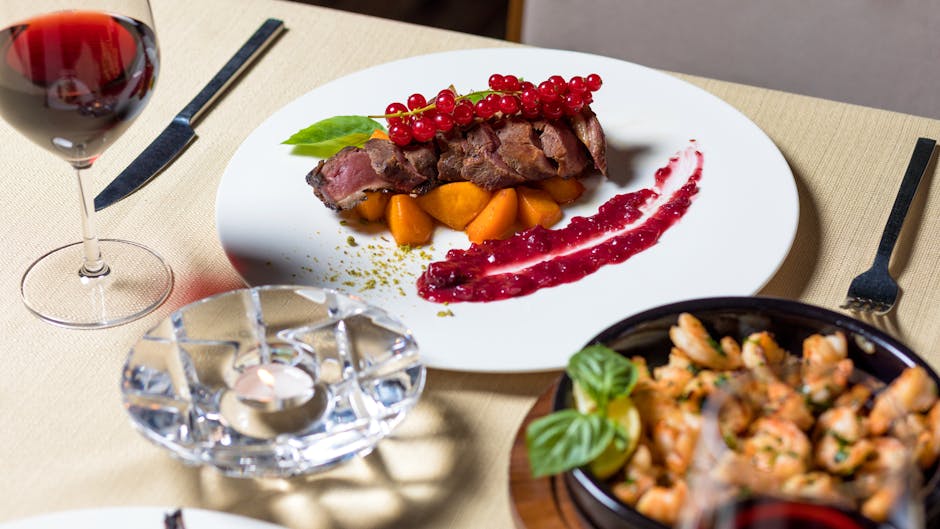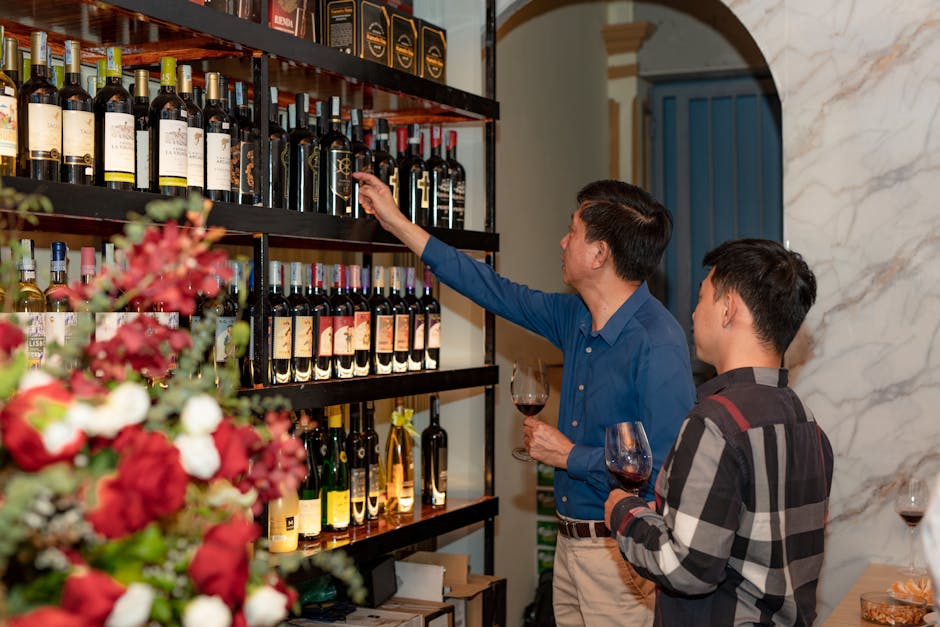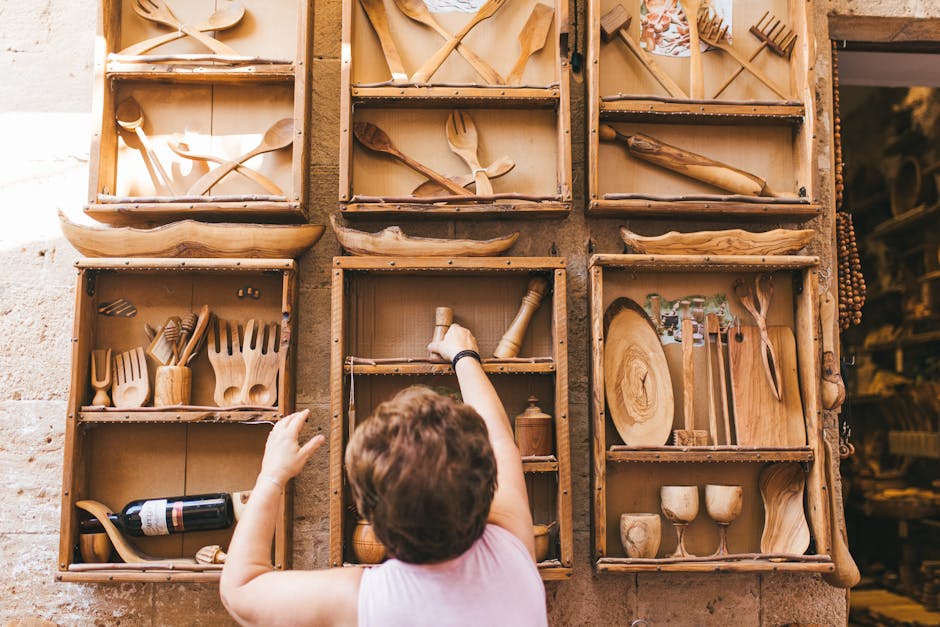Tips for Choosing the Best Wine
Wine, with its rich history, diverse varieties, and complex flavors, has been a beloved beverage for centuries. Whether you’re a seasoned sommelier or just beginning to explore the world of wine, choosing the best bottle can be a daunting task. With countless options available, how do you navigate through the vast array of choices to find the perfect wine for your palate?
In this comprehensive guide, we will delve into the art and science of selecting the best wine for any occasion. From understanding different grape varieties to decoding labels and pairing wines with food, we will equip you with the knowledge and tools needed to make informed decisions when it comes to choosing the best wine.
The Importance of Choosing the Right Wine

Before we dive into the tips for selecting the best wine, let’s first explore why choosing the right wine is so important. Wine has the power to enhance your dining experience, elevate social gatherings, and create lasting memories. The right bottle of wine can complement the flavors of a meal, set the mood for a romantic evening, or simply be enjoyed on its own.
However, choosing the wrong wine can have the opposite effect, leaving you with a less-than-ideal tasting experience. By understanding the key factors that influence a wine’s taste and quality, you can ensure that every sip is a delightful one.
Understanding Grape Varieties

One of the first steps in choosing the best wine is understanding the different grape varieties. Each grape variety has its own unique characteristics that influence the taste, aroma, and body of the wine. Some common grape varieties include:
- Chardonnay: Known for its buttery texture and flavors of citrus and tropical fruits.
- Cabernet Sauvignon: A full-bodied red wine with rich flavors of blackcurrant, plum, and cedar.
- Merlot: A smooth and velvety red wine with flavors of black cherry, plum, and chocolate.
- Sauvignon Blanc: A crisp white wine with flavors of green apple, lime, and grass.
By familiarizing yourself with the characteristics of different grape varieties, you can narrow down your choices and select a wine that aligns with your preferences.
Decoding Wine Labels

Wine labels can be a wealth of information, providing valuable insights into the wine’s origin, grape variety, and production methods. Understanding how to decode wine labels can help you make informed decisions when selecting a bottle. Here are some key elements to look for on a wine label:
- Wine Region: The region where the grapes were grown can have a significant impact on the wine’s flavor profile. Look for wines from renowned wine regions such as Napa Valley, Bordeaux, or Tuscany.
- Vintage: The year the grapes were harvested. Some vintages are considered better than others due to weather conditions and grape quality.
- Alcohol Content: The percentage of alcohol in the wine, which can affect the wine’s body and mouthfeel.
- Wine Style: Indicates whether the wine is dry, off-dry, sweet, or sparkling.
By paying attention to these key details on wine labels, you can gain valuable insights into the wine’s quality and style before making a purchase.
Choosing the Right Wine for Food Pairing

Pairing wine with food is an art form that can elevate both the meal and the wine. When selecting a wine for food pairing, consider the flavors and intensity of the dish to find a complementary wine. Some common food and wine pairings include:
- Chardonnay with Roast Chicken: The buttery texture of Chardonnay complements the rich flavors of roast chicken.
- Cabernet Sauvignon with Steak: The bold flavors of Cabernet Sauvignon pair well with the savory taste of steak.
- Sauvignon Blanc with Grilled Seafood: The crisp acidity of Sauvignon Blanc enhances the flavors of grilled seafood.
Experimenting with different food and wine pairings can enhance your dining experience and help you discover new flavors and combinations.
Exploring Wine Regions and Styles
Wine is produced in regions all over the world, each with its own unique climate, soil, and winemaking traditions. Exploring different wine regions and styles can broaden your palate and introduce you to new and exciting flavors. Some popular wine regions and styles to explore include:
- Burgundy, France: Known for its elegant Pinot Noir and Chardonnay wines.
- Tuscany, Italy: Home to iconic wines such as Chianti and Brunello di Montalcino.
- Napa Valley, California: Famous for its Cabernet Sauvignon and Chardonnay wines.
By sampling wines from different regions and styles, you can develop a deeper appreciation for the diversity and complexity of the world of wine.
Expert Opinions
To provide additional insights into choosing the best wine, we reached out to several wine experts for their advice. According to sommelier Jane Smith, “When choosing a wine, consider the occasion and the preferences of your guests. A versatile option like a sparkling wine or a light-bodied red can be a safe choice for most gatherings.”
Wine educator John Doe recommends exploring lesser-known grape varieties and regions to expand your wine knowledge. “Don’t be afraid to step out of your comfort zone and try something new. You may discover hidden gems that become your new favorites,” says John.
Common Misconceptions
When it comes to choosing wine, there are several common misconceptions that can hinder your selection process. One common myth is that price is the best indicator of quality. While some expensive wines are of exceptional quality, there are also many affordable options that offer great value.
Another misconception is that only certain foods pair well with wine. In reality, wine can be paired with a wide range of dishes, from traditional fare to exotic cuisines. Experimenting with different food and wine pairings can lead to delightful discoveries.
Conclusion
Choosing the best wine involves a combination of knowledge, experimentation, and personal preference. By understanding grape varieties, decoding wine labels, exploring food pairings, and sampling wines from different regions, you can enhance your wine experience and discover new favorites. Whether you’re hosting a dinner party, celebrating a special occasion, or simply enjoying a glass of wine at home, the right bottle can elevate your experience and create lasting memories.
Remember, the best wine is the one you enjoy, so don’t be afraid to explore and try new things. Cheers to a world of endless possibilities in the fascinating realm of wine!




